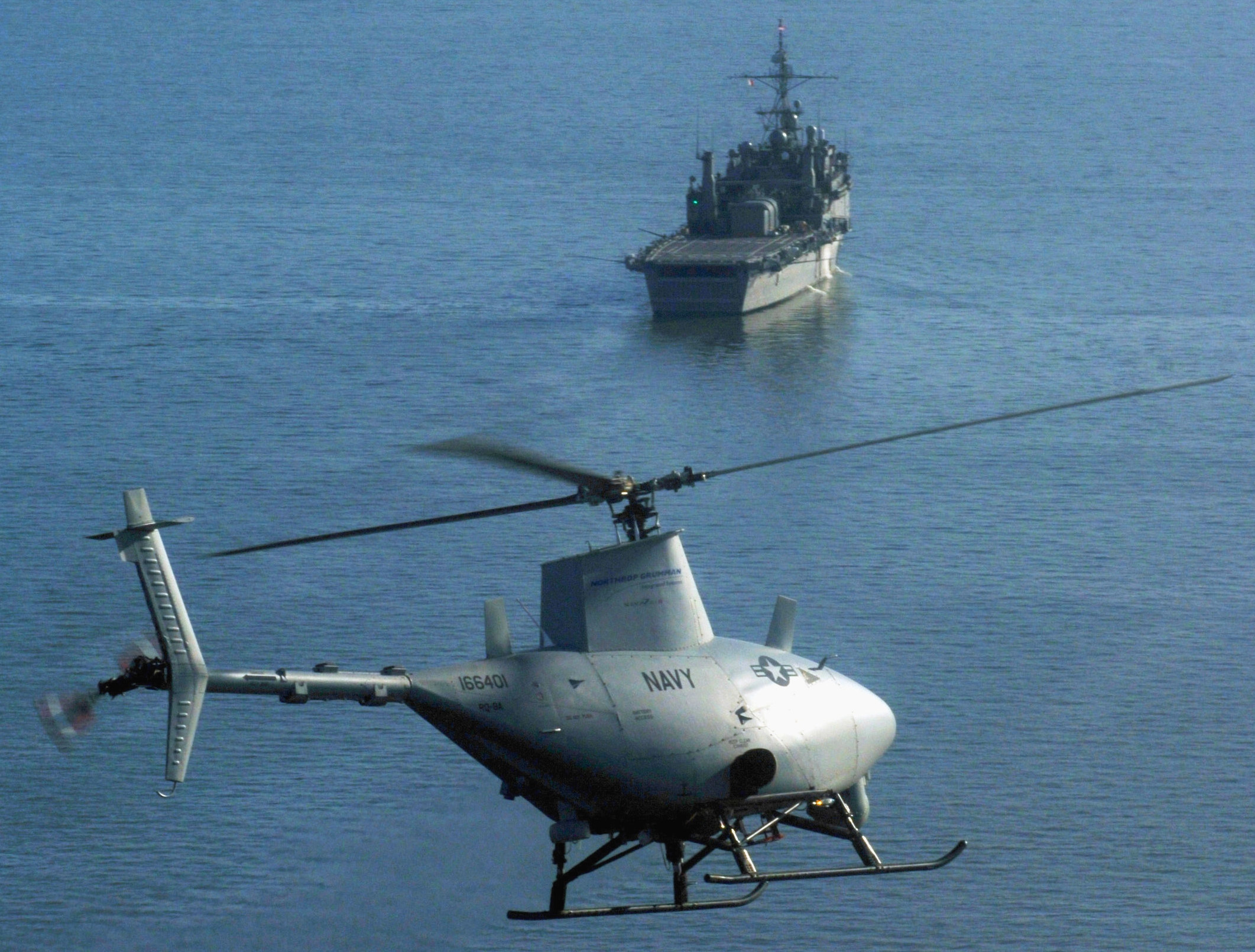
This post is also available in:
 עברית (Hebrew)
עברית (Hebrew)
South Korea will develop an indigenous multirole vertical take-off and landing (VTOL) unmanned aerial vehicle (UAV), the Night Intruder 600 VT, to meet a future Army requirement. The development is part of a Korea Aerospace Industries (KAI) internally funded program.
The prototype air vehicle has an overall length of 9 m, a width of 2 m, the height of 2.5 m, and a planned maximum take-off weight (MTOW) of 600 kg, which could be extended to more than 750 kg when the program matures.
The country’s first homegrown UAV — nicknamed the Songgolmae, RQ-101 or Night Intruder 300 — was launched in 2000, and its deployment started two years later.
“Development of the Night Intruder 600 VT commenced in 2017 and we have based it on a commercially available two-seat helicopter for logistical and maintenance efficiencies,” said Kwak Kyoung Ryoung, deputy senior manager at KAI’s UAV Business and Program Management Team. “Using the latest lightweight helicopter platforms eliminates concern about parts obsolescence or discontinuity, and is much more cost effective than developing a bespoke airframe,” Kwak added.
He declined to disclose details of the air vehicle’s propulsion system, although he noted that engineers are aiming for a 6-hour endurance with a full-mission loadout.
According to janes.com, the air vehicle is typically equipped with a chin-mounted stabilized electro-optical infrared (EO/IR) turret with high-definition daylight and thermal cameras, although a laser rangefinder or designator can be incorporated to provide targeting support to forward-deployed Army ground elements.
Other mission payloads being planned include a synthetic aperture radar (SAR) system.
KAI has incorporated patented GPS anti-jamming capabilities to reduce the UAV’s susceptibility against interference and intentional jamming, as it is expected to operate in a contested environment.
It will also be equipped with a redundant flight control and communications system, with the initial approach employing combined C-band satellite communications (satcom) – which operates at lower frequencies and therefore offers improved performance under adverse weather conditions than the Ku-band or Ka-band frequencies – and ultra-high frequency radio for assured control.
Flight trials of the new Intruder 600 VT UAV are expected to commence in 2019.

























